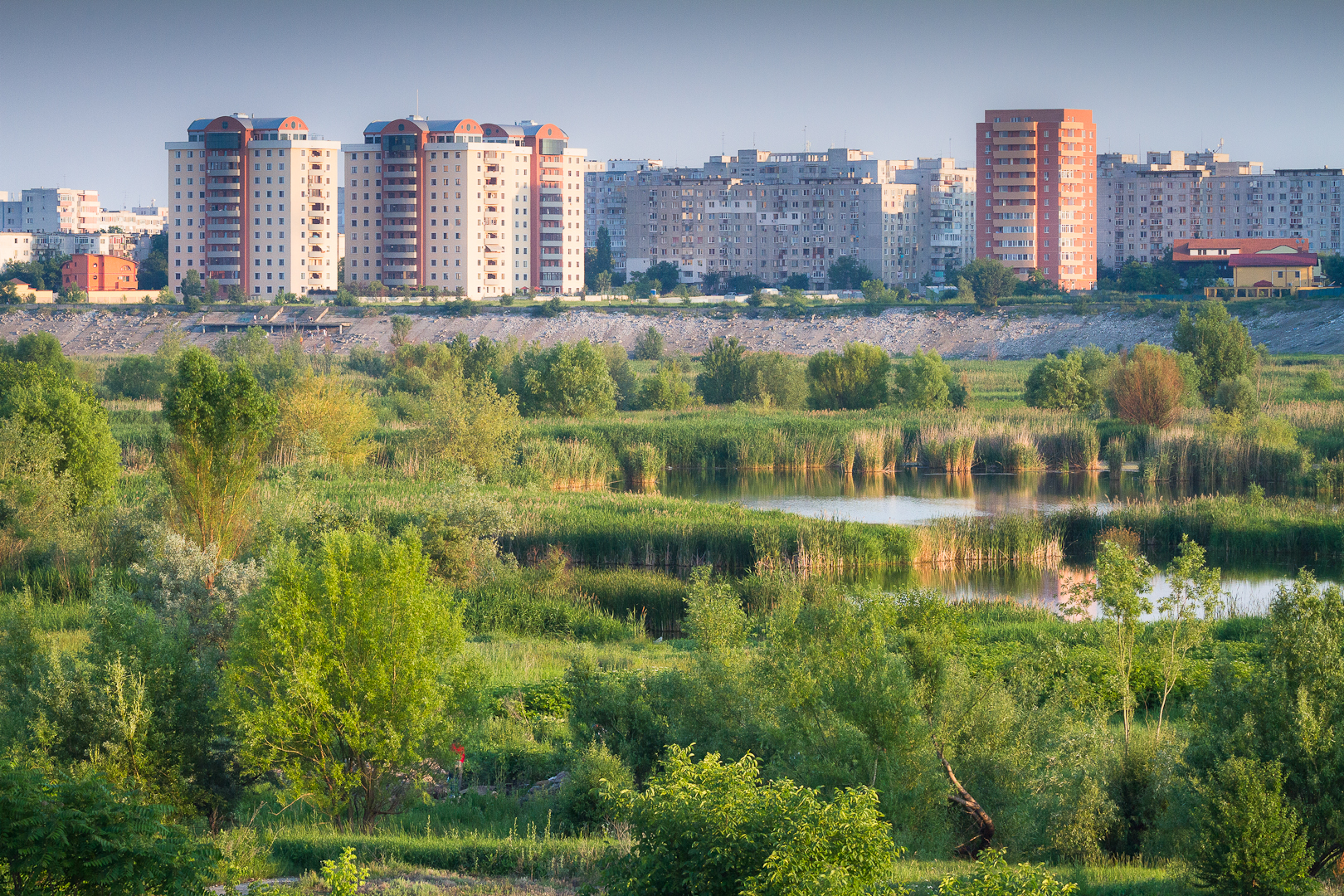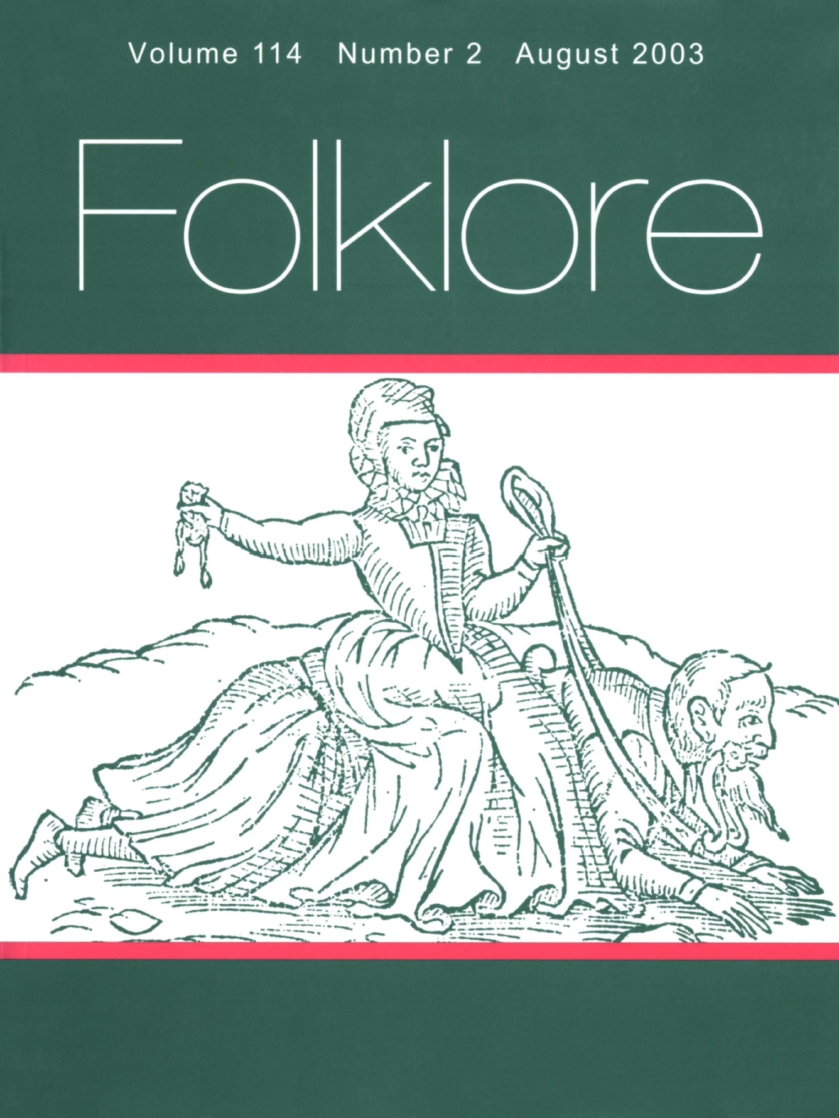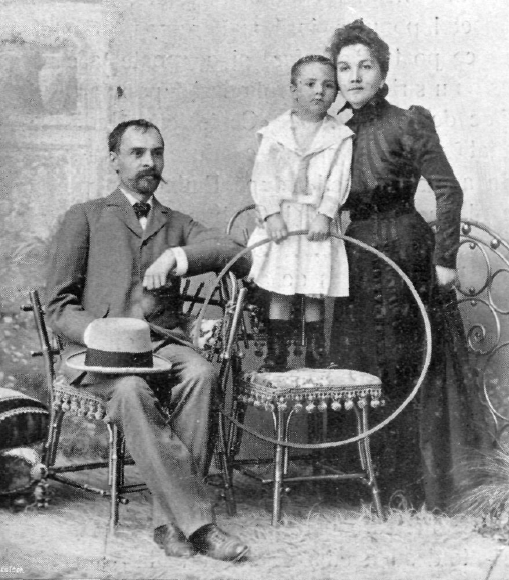|
Liviu Rebreanu
Liviu Rebreanu (; November 27, 1885 – September 1, 1944) was a Romanian novelist, playwright, short story writer, and journalist. Life Born in Felsőilosva (now Târlișua, Bistrița-Năsăud County, Transylvania), then part of the Kingdom of Hungary, Austria-Hungary, he was the second of thirteen children born to Vasile Rebreanu, a schoolteacher, and Ludovica Diuganu, descendants of peasants. His father had been a classmate of George Coșbuc's and was an amateur folklorist. Liviu Rebreanu went to primary school in Major (now Maieru), where he was taught by his father, and then in Naszód (now Năsăud) and Beszterce (now Bistrița), to military school at Sopron and then to the Ludovica Military Academy in Budapest. He worked as an officer in Gyula but resigned in 1908, and in 1909 illegally crossed the Southern Carpathians into Romania, and lived in Bucharest. He joined several literary circles, and worked as a journalist for ''Ordinea'', then for ''Falanga liter ... [...More Info...] [...Related Items...] OR: [Wikipedia] [Google] [Baidu] |
Târlișua
Târlișua ( hu, Felsőilosva) is a commune in Bistrița-Năsăud County, Transylvania, Romania. It is composed of ten villages: Agrieș (''Felsőpusztaegres''), Agrieșel (''Alsóegres''), Borleasa (''Lonkafalva''), Cireași, Lunca Sătească, Molișet (''Molisetitanya''), Oarzina (''Úrivölgy''), Răcăteșu (''Rakatyestanya''), Șendroaia (''Sándorvölgy''), and Târlișua. The commune is located in the northwestern part of the county, on the border with Maramureș County. It lies on the banks of the river Ilișua and its affluent, Valea Lungă. Târlișua is situated at a distance of from the town of Năsăud and from the county seat, Bistrița. Sights * * Natives * (1941–2012), teacher and writer * (1913–2015), Greek Catholic priest * Liviu Rebreanu (1885–1944), novelist References Communes in Bistrița-Năsăud County Localities in Transylvania {{BistriţaNăsăud-geo-stub ... [...More Info...] [...Related Items...] OR: [Wikipedia] [Google] [Baidu] |
Emil Rebreanu
Emil Rebreanu (December 17, 1891 – May 14, 1917) was an Austro-Hungarian Romanian military officer executed during World War I. The protagonist in '' Forest of the Hanged'', a 1922 novel by his brother Liviu Rebreanu, is influenced by his experience. Biography Rebreanu was born into a Greek-Catholic family in Major, Beszterce-Naszód County, now Maieru, Bistrița-Năsăud County, the fifth of fourteen children. He graduated from high school in 1913 and entered the Law faculty of Franz Joseph University in Cluj (''Kolozsvár''), but was forced to interrupt his studies upon the war's outbreak. Bianca Sara"Cum și-a transformat Liviu Rebreanu execuția fratelui său de pe front într-un roman tradus în opt limbi" ''Adevărul'', November 1, 2013; Retrieved December 13, 2013 Within a year of joining combat, he was made a second lieutenant in the Austro-Hungarian Army. He fought in Russia and Galicia, sustaining multiple injuries. Rebreanu also distinguished himself on the ... [...More Info...] [...Related Items...] OR: [Wikipedia] [Google] [Baidu] |
Extradition
Extradition is an action wherein one jurisdiction delivers a person accused or convicted of committing a crime in another jurisdiction, over to the other's law enforcement. It is a cooperative law enforcement procedure between the two jurisdictions and depends on the arrangements made between them. In addition to legal aspects of the process, extradition also involves the physical transfer of custody of the person being extradited to the legal authority of the requesting jurisdiction. In an extradition process, one sovereign jurisdiction typically makes a formal request to another sovereign jurisdiction ("the requested state"). If the fugitive is found within the territory of the requested state, then the requested state may arrest the fugitive and subject him or her to its extradition process. The extradition procedures to which the fugitive will be subjected are dependent on the law and practice of the requested state. Between countries, extradition is normally regulated b ... [...More Info...] [...Related Items...] OR: [Wikipedia] [Google] [Baidu] |
Văcărești, Bucharest
Văcărești () is a neighbourhood in south-eastern Bucharest, located near Dâmbovița River and the Văcărești Lake. Nearby neighbourhoods include Vitan, Olteniței, and Berceni. Originally a village, it was incorporated into Bucharest as it expanded. Its name is related to the Wallachian aristocratic Văcărescu family, with an etymology leading back to the Romanian , "cow-herder," and the suffix '' -ești''. The Monastery and quarter The Văcărești Monastery, built by Nicholas Mavrocordatos in 1716, was located on the Văcărești hill, nowadays near Piața Sudului. It was demolished in 1984 during the regime of Nicolae Ceaușescu to make room for a Palace of Justice that was never built. It was the largest 18th-century monastery in Southeastern Europe and it had a church in the style of Curtea de Argeș Cathedral. It was also designed to be used as a fortress, and was seized in May 1771 by the Imperial Russian army, under commander Nikolai Vasilyeich Repnin, in t ... [...More Info...] [...Related Items...] OR: [Wikipedia] [Google] [Baidu] |
Southern Carpathians
The Southern Carpathians (also known as the Transylvanian Alps; ro, Carpații Meridionali ; hu, Déli-Kárpátok) are a group of mountain ranges located in southern Romania. They cover the part of the Carpathian Mountains located between the Prahova River in the east and the Timiș and Cerna Rivers in the west. To the south they are bounded by the Balkan mountain range in eastern Serbia. Heights The Southern Carpathians are the second highest group of mountains in the Carpathian Mountain range (after Tatra), reaching heights of over 2,500 meters. Although considerably smaller than the Alps, they are classified as having an alpine landscape. Their high mountain character, combined with great accessibility, makes them popular with tourists and scientists. The highest peaks are: * Moldoveanu Peak, 2,544 metres – Făgăraș Mountains * Negoiu, 2,535 metres – Făgăraș Mountains * Parângu Mare, 2,519 metres – Parâng Mountains * Omu Peak 2,514 metres – Buceg ... [...More Info...] [...Related Items...] OR: [Wikipedia] [Google] [Baidu] |
Gyula (town)
Gyula (; german: Jula; ro, Jula or ) is a town in Békés County, Hungary. The town is best known for its Medieval castle and a thermal bath. Ferenc Erkel, the composer of the Hungarian national anthem, and Albrecht Dürer the Elder, the father of Albrecht Dürer, were also born in Gyula. Geography Gyula is located in the Great Hungarian Plain on the River Fehér-Körös, southeast from Budapest and from the border with Romania. The Békéscsaba-Gyula-Kötegyán railway line and Highway 44 also cross the town. Highway 44 is a four-lane expressway between Gyula and the county seat Békéscsaba.Magyarország autóatlasz, Dimap-Szarvas, Budapest, 2004, Name Gyula is named after the medieval Hungarian warlord Gyula III.Antal Papp: Magyarország (Hungary), Panoráma, Budapest, 1982, , p. 860, pp. 453-456 Gyula was also a title among the Hungarian tribes and still a popular given name for boys. In Turkish, the town is also known as Göle. History The first recorded refe ... [...More Info...] [...Related Items...] OR: [Wikipedia] [Google] [Baidu] |
Budapest
Budapest (, ; ) is the capital and most populous city of Hungary. It is the ninth-largest city in the European Union by population within city limits and the second-largest city on the Danube river; the city has an estimated population of 1,752,286 over a land area of about . Budapest, which is both a city and county, forms the centre of the Budapest metropolitan area, which has an area of and a population of 3,303,786; it is a primate city, constituting 33% of the population of Hungary. The history of Budapest began when an early Celtic settlement transformed into the Roman town of Aquincum, the capital of Lower Pannonia. The Hungarians arrived in the territory in the late 9th century, but the area was pillaged by the Mongols in 1241–42. Re-established Buda became one of the centres of Renaissance humanist culture by the 15th century. The Battle of Mohács, in 1526, was followed by nearly 150 years of Ottoman rule. After the reconquest of Buda in 1686, the ... [...More Info...] [...Related Items...] OR: [Wikipedia] [Google] [Baidu] |
Bistrița
(; german: link=no, Bistritz, archaic , Transylvanian Saxon: , hu, Beszterce) is the capital city of Bistrița-Năsăud County, in northern Transylvania, Romania. It is situated on the Bistrița River. The city has a population of approximately 70,000 inhabitants and administers six villages: (; ), (; ), (; ), (; ), (until 1950 ; ; ) and (; ). Etymology The town was named after the River, whose name comes from the Slavic word meaning 'fast-moving water'. History The earliest sign of settlement in the area of is in Neolithic remains. The Turkic Pechenegs settled the area in 12th century following attacks of the Cumans. Transylvanian Saxons settled the area in 1206 and called the region . A large part of settlers were fugitives, convicts, and poor people looking for lands and opportunities. The destruction of ("Market Nösen") under the Mongols of central Europe is described in a document from 1241. The city was then called . Situated on several trade routes, beca ... [...More Info...] [...Related Items...] OR: [Wikipedia] [Google] [Baidu] |
Năsăud
Năsăud (; german: Nassod, ''Nußdorf''; hu, Naszód) is a town in Bistrița-Năsăud County in Romania located in the historical region of Transylvania. The town administers two villages, Liviu Rebreanu (until 1958 ''Prislop''; ''Priszlop'') and Lușca (''Szamospart''). At the 2011 census, 93.6% of inhabitants were Romanians, 5.5% Roma, and 0.6% Hungarians. Geography The town lies on the Transylvanian Plateau, on the right bank of the Someșul Mare River. It is located in the central part of the county, at a distance of from the county seat, Bistrița, and from the town of Beclean. History The name Năsăud is possibly derived from the Slavic ''nas voda'', meaning "near the water". Another etymology is from ''Nußdorf'' (''Nussdorf'', "walnut tree village"), the Transylvanian Saxon name of the town during the Middle Ages. A former Habsburg border town known for its border regiments with panache and good schools, Năsăud saw industrial expansion during the communis ... [...More Info...] [...Related Items...] OR: [Wikipedia] [Google] [Baidu] |
Maieru
Maieru ( hu, Major; german: Meierhof) is a commune in Bistrița-Năsăud County, Transylvania, Romania. It is composed of two villages, Anieș (''Dombhát'') and Maieru. People * Emil Rebreanu Emil Rebreanu (December 17, 1891 – May 14, 1917) was an Austro-Hungarian Romanian military officer executed during World War I. The protagonist in '' Forest of the Hanged'', a 1922 novel by his brother Liviu Rebreanu, is influenced by his exp ... * Maria Cioncan * Octavian Utalea References Communes in Bistrița-Năsăud County Localities in Transylvania {{BistriţaNăsăud-geo-stub ... [...More Info...] [...Related Items...] OR: [Wikipedia] [Google] [Baidu] |
Folkloristics
Folklore studies, less often known as folkloristics, and occasionally tradition studies or folk life studies in the United Kingdom, is the branch of anthropology devoted to the study of folklore. This term, along with its synonyms, gained currency in the 1950s to distinguish the academic study of traditional culture from the folklore artifacts themselves. It became established as a field across both Europe and North America, coordinating with ''Volkskunde'' ( German), ''folkeminner'' ( Norwegian), and ''folkminnen'' (Swedish), among others. Overview The importance of folklore and folklore studies was recognized globally in 1982 in the UNESCO document "Recommendation on the Safeguarding of Traditional Culture and Folklore". UNESCO again in 2003 published a Convention for the Safeguarding of the Intangible Cultural Heritage. Parallel to these global statements, the American Folklife Preservation Act (P.L. 94-201), passed by the United States Congress in conjunction with the Bicen ... [...More Info...] [...Related Items...] OR: [Wikipedia] [Google] [Baidu] |
George Coșbuc
George Coșbuc (; 20 September 1866 – 9 May 1918) was a Romanian poet, translator, teacher, and journalist, best remembered for his verses describing, praising and eulogizing rural life, its many travails but also its occasions for joy. In 1916 he was elected titular member of the Romanian Academy. Biography Early life Coșbuc was born in Hordou, a village in northeastern Transylvania. His father, Sebastian Coșbuc, a Greek Catholic priest looked up to by his parish, drew from a line reputed to have yielded fourteen consecutive generations of priests. George attended primary school and graduated to secondary classes in the neighboring village of Telcs (''now: Telciu''). He happily took to the scholarly bent encouraged by his father, earning the praise of instructors and being chosen among the few who were to sign up for advanced courses at ''Liceul Românesc'' (Romanian Lyceum), a higher learning academy in the town of Năsăud. He soon found himself doubling as teach ... [...More Info...] [...Related Items...] OR: [Wikipedia] [Google] [Baidu] |








